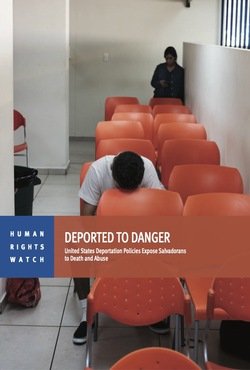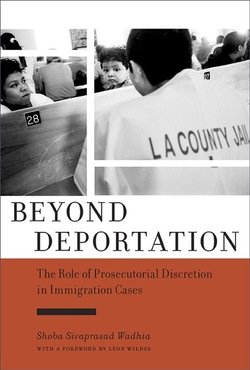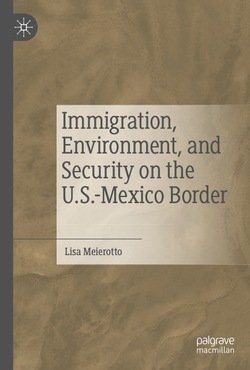By Elizabeth G. Kennedy and Alison Parker,, et al.
The US is deporting Salvadorans to death and abuse. Deported to Danger identifies 138 cases of Salvadorans who, since 2013, were killed after deportation from the United States and more than 70 others who were beaten, sexually assaulted, extorted, or tortured. People deported to El Salvador are sometimes targeted by the same abusers they originally fled—such as gangs or former intimate partners—or are targeted for reasons, such as their status as a deportee, their neighborhood of origin, or perceived wealth, that US government officials should take into account when deciding their eligibility for asylum or other protection from deportation. US authorities should strengthen, not further weaken, asylum protections, ensuring that all asylum-seekers receive dignified treatment via procedures that ensure full and fair consideration of their claims. Human Rights Watch also urges the United States to take a step further and offer “complementary protection” to anyone, including Salvadorans, facing a real risk of serious harm upon return. Instead of closing the door on Salvadorans and others fleeing their homelands, the US should ensure their protection.
New York: Human Rights Watch, 2020. 123p.




















